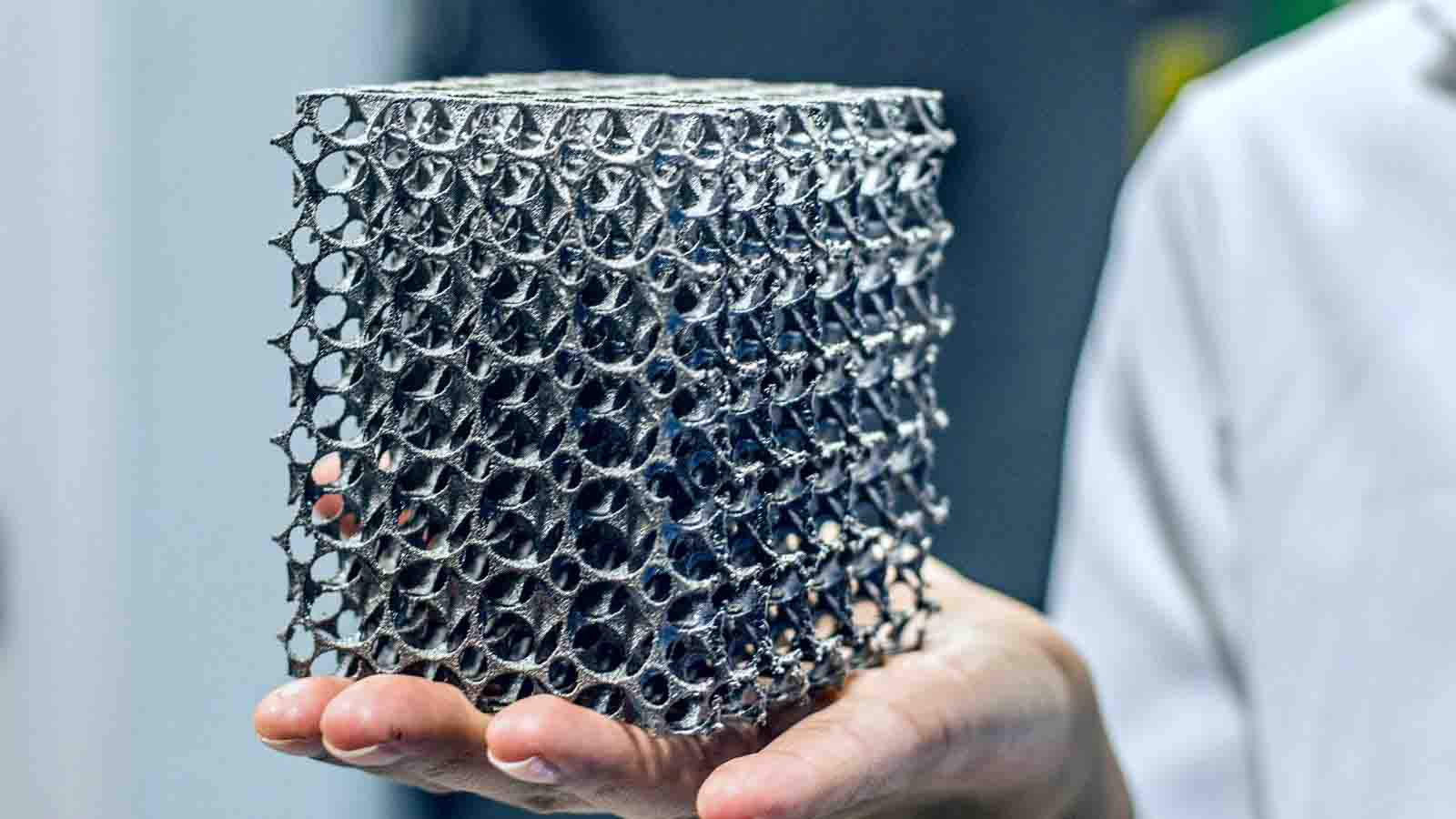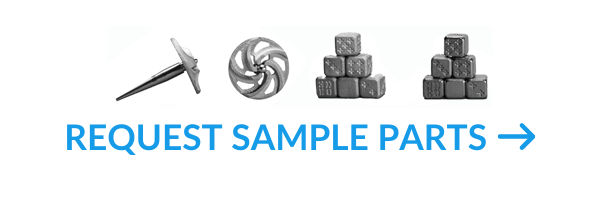Pros & Benefits of Metal 3D Printing
Like any technology, 3D printing of metal components has pros and cons, or advantages and disadvantages. The secret to success is to 1) understand the different metal 3D printing processes, 2) to know both when it is appropriate to use the technology to begin with (as opposed to traditional manufacturing) and 3) the applications that are ideal for the various metal AM processes. For example, metal printing is a good option for making extremely complex parts that need to be strong and lightweight. Most often, internal complexities such as conformal cooling channels are the types of geometries that make the most sense, as they cannot be created using traditional machining.
Another significant benefit of 3D printing metal parts is that the process in general does not create much waste. As much as 90% of CNC parts can be waste, whereas metal AM wastes less than 5% on average.
A third benefit of 3D metal printing has to do with its reliability. Although it may take a few attempts to find the best parameters, design, and orientation for building a part, once discovered (and documented), the process is tremendously consistent. This is especially true with 3DEO’s novel process. It will result in the same part every time, build after build. Although this may be assumed as a given for any manufacturing process, the predictability and efficiency of metal printing should never be overlooked.
There are also a lot of potential benefits with 3D printing when it comes to supply chain management. With 3D printing on demand, companies can now store their digital designs on computers and print components on demand, as needed for end use. This possibility could revolutionize supply chains.
Cons & Costs of 3D Metal Printing
The trade-offs with 3D metal printing are primarily speed and cost. In all likelihood, cost cannot be a primary motivator for those who want to pursue this technology. There are almost always ways to change designs for traditional manufacturing methods that can dramatically reduce cost. This is why the aerospace and automotive industries have been the most committed early adopters of the technology. The lightweight, complex designs and strong parts often translate well to their applications. For the last decade, demand for 3D metal printing has been driven by high-end applications.
Build times for 3D metal printing are much longer compared to most traditional manufacturing methods. It also typically requires several builds to fine tune a part’s design for mass production through 3D metal printing.
Materials for metal additive manufacturing can also be a limiting factor for manufacturers. Before committing to designing parts for metal printing, designers should consider the material that is preferred for the part. There is a very limited number of metals that can be printed on the market. In the most extreme cases, it can take years of research and effort to develop the process parameters for specified materials in certain machines. Processing parameters depend on the machine used, meaning there is no one-to-one comparison between two metals or materials.
Another design aspect to consider before going with choosing 3D metal printing is the desired surface finish. 3DEO has the best surface finish in the as-printed condition, but for most processes the surface finish of 3D printed part is poor due to it being built layer by layer. Most parts require post-machining on printed parts to get aesthetically pleasing surface finishes. This can be done using CNC machining or manual surface grinding, sanding, or polishing. Of course, a nice surface finish would be limited to areas accessible by finishing tools, and those can’t be areas where parts are too thin or complex.
Finally, size is the last limiting factor in metal 3D printing. Parts cannot be larger than the machine’s build platform, which varies from printer to printer. Although the build areas vary based on machine manufacturer, the most common dimensions are around 250 × 250 × 300 mm. Small machines have build platforms of roughly 100 × 100 × 80 mm and large machine platforms are roughly 400 × 400 × 380 mm. While larger build volumes are starting to be developed, these are the options today. 3DEO’s build size is 200 x 200 x 200 mm, with final part size 150 x 150 x 150 mm (after shrinkage of part due to sintering).



